Security Orchestration Automation and Response (SOAR) solutions streamline security operations by integrating multiple tools, automating responses, and coordinating processes. These solutions enable quicker response times and enhance threat management efficiency for security teams.
These systems centralize and automate vast amounts of data across an organization's security infrastructure. Analysts are empowered to manage tasks from a single interface, prioritize threats based on potential impact, and coordinate consistent response strategies. These platforms reduce the complexity and manual workload in security operations centers.
What are the critical features of SOAR solutions?SOAR solutions find implementation across industries like finance, healthcare, and energy, customizing responses to fit industry-specific threats. This adaptability ensures that each sector can manage its unique security needs while maintaining compliance and regulatory standards.
SOAR is beneficial for organizations as it provides a more streamlined and efficient approach to handling security challenges. It allows teams to respond to incidents faster, coordinate better, and ultimately maintain a more robust security posture in the face of evolving threats.








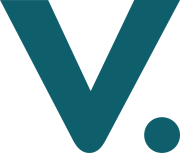


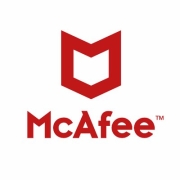

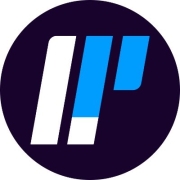


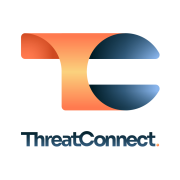
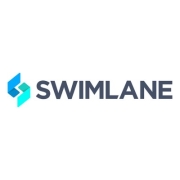


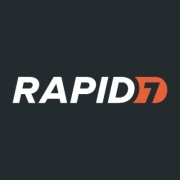
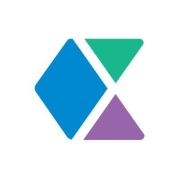
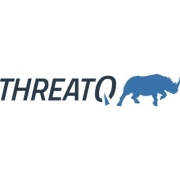
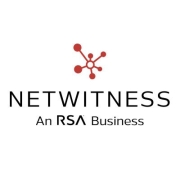





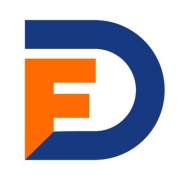
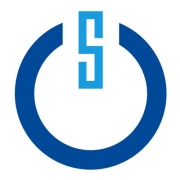

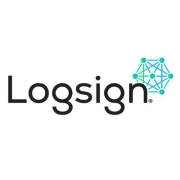
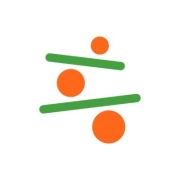

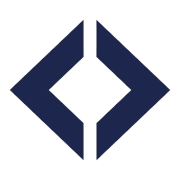
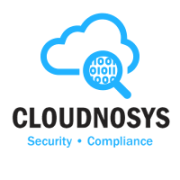

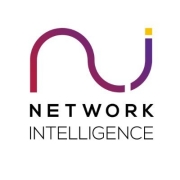









Organizations use these tools to handle the overflow of security-related information and events generated by the typical organization today. Security Operations Center (SOC) staff often manually manage the identification and response to cyber threats. However, as data streams and threat alerts continue to grow, it becomes nearly impossible to manually handle all this data. Here is where Security Orchestration, Automation and Response (SOAR) and Security Information and Event Management (SIEM) come in.
SIEM solutions collect and aggregate log and event data from applications, security devices, and systems into a centralized platform, then analyze this data to identify indicators of compromise (IoC) that may point to a cyber attack. These solutions use machine learning to improve their detection capabilities.
A SIEM platform collects, processes, correlates, aggregates, and monitors for anomalies across data logs, then notifies users through alerts when it detects suspicious behavior.
SIEM focuses on finding suspicious behavior and triggering alerts, leaving the actual response and remediation to humans. Thus, while it improves threat detection, it actually creates more work for SOC teams. In addition, it can contribute to alert fatigue if there is a large number of false positives. That being said, SIEM excels at ingesting and parsing large datasets of internal logs, thus complementing SOAR’s capabilities.
SOAR solutions go several steps further than SIEM by increasing the pre-processing of detected threats before the system alerts a cybersecurity officer. SOAR can ingest data from external sources, like threat intelligence sources. In addition, as the main function of SOAR technologies is the ability to coordinate and leverage different security products, the system gives organizations the possibility of streamlining existing tools, using them in new ways.
So, which should you choose? You should use both. SIEM tools are better for processing large volumes of data, while SOAR can leverage SIEM’s capabilities, orchestrating SIEM together with other security tools.
SOAR solutions enhance threat detection by automating and orchestrating security tasks, allowing you to quickly identify and respond to potential threats. By integrating diverse security tools and processes, SOAR minimizes the time taken to analyze data, reducing false positives and enabling your security team to focus on genuine threats. Automated playbooks streamline the incident response, resulting in more efficient threat detection and management.
What are the key features of a robust SOAR platform?A robust SOAR platform should offer integration with a wide range of security tools, automated workflows, and detailed incident reporting. The platform should provide customizable playbooks to handle different types of security incidents effectively. Real-time collaboration and comprehensive case management are essential to enable seamless communication between teams. Analytics and reporting features give you insights into performance metrics and incident response efficacy.
How does SOAR improve incident response times?SOAR improves incident response times by automating routine tasks and orchestrating complex processes. It allows you to execute predefined workflows that automatically respond to incidents without manual intervention. This immediate action helps in mitigating threats quickly, reducing the dwell time of potentially harmful activities. Visibility is enhanced across the security infrastructure, allowing for quick mobilization of resources to critical areas.
Can SOAR solutions be customized to fit your organization's specific needs?SOAR solutions can be customized to fit your organization's unique security needs by allowing you to tailor playbooks and workflows based on specific business processes. You can integrate with existing tools and adapt the system to meet compliance requirements and industry standards. This flexibility ensures that the platform evolves with your organization's changing security landscape, offering a personalized approach to threat defense.
What are common challenges when implementing SOAR, and how can they be overcome?Common challenges in implementing SOAR include difficulty in integrating diverse security tools, resistance to change from staff, and ensuring compatibility with legacy systems. To overcome these challenges, you should begin with a clear understanding of your security processes and goals. Providing training and demonstrating the benefits of streamlined operations can help gain staff buy-in. Choosing a SOAR solution that offers robust integration capabilities and support is crucial for a smooth implementation.